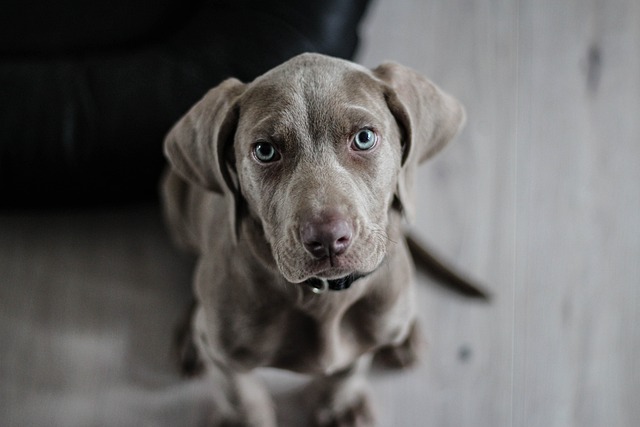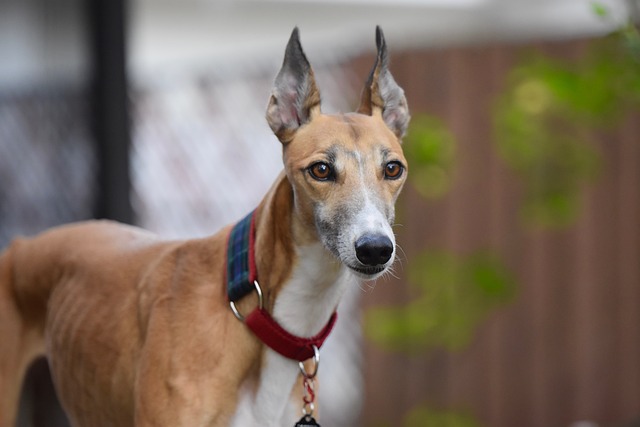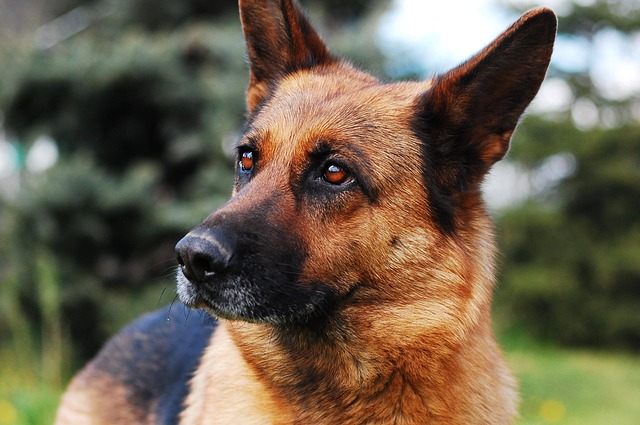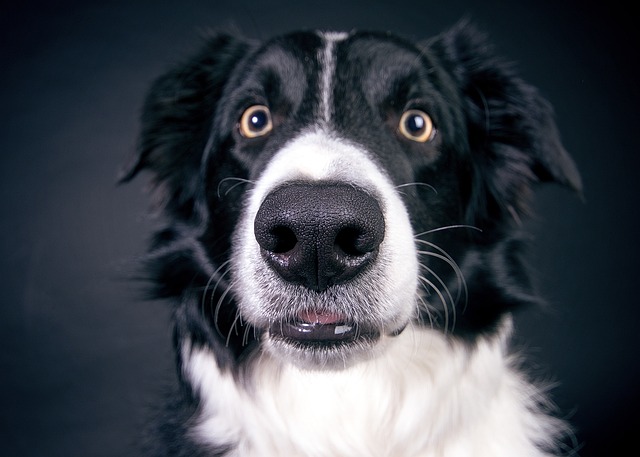Seeing your dog stressed – maybe pacing, panting, trembling, hiding, or barking excessively – tugs at your heartstrings. Dog anxiety is incredibly common, whether triggered by thunderstorms, fireworks, being left alone, car rides, vet visits, or unfamiliar situations. The good news is you can help your furry friend feel safer and more secure. It’s about understanding their needs and responding with patience and proven techniques. Remember, consistently addressing anxiety isn't just kind; in many places across Europe and North America, it aligns with animal welfare expectations to prevent undue distress.
First, rule out medical issues. Sometimes what looks like anxiety can stem from pain, thyroid problems, neurological conditions, or other illnesses. A visit to your veterinarian is always step one. They can check for underlying health problems and discuss whether medication might be beneficial alongside behavioral strategies. Never give human anxiety medication or leftover pet prescriptions to your dog – this can be extremely dangerous and is illegal without veterinary oversight. Your vet is your partner in finding safe solutions.
Creating a predictable, calm environment is foundational. Dogs thrive on routine. Try to keep feeding times, walk schedules, and play sessions relatively consistent. Predictability reduces uncertainty, a major anxiety trigger. When stressful events are predictable (like fireworks on July 4th or Bonfire Night), prepare in advance. Don’t wait until the first bang sends your dog into a panic. Create a safe haven – a quiet, comfortable space like a crate (if they’re crate-trained and see it positively) or a cozy corner with their favorite bed and an item smelling strongly of you. Covering a crate with a blanket can make it feel more den-like. Playing calming music or white noise can help mask frightening sounds.

Gentle, consistent desensitization and counterconditioning are powerful long-term tools. This involves very gradually exposing your dog to the thing they fear at such a low intensity that they don’t react fearfully, while pairing it with something wonderful (like high-value treats, play, or affection). For example, if they fear the car, start by just sitting near the stationary car giving treats. Over days or weeks, progress to sitting inside with the engine off, then idling, then very short drives. The key is going at your dog's pace, never flooding them (forcing them to endure the full scary experience). This requires patience but can be transformative. Consider consulting a certified positive reinforcement dog trainer or veterinary behaviorist for guidance tailored to your dog’s specific fears; they understand the nuances of effective behavior modification.
Provide healthy outlets for their energy and natural instincts. A tired dog is often a calmer dog. Ensure they get sufficient physical exercise appropriate for their breed, age, and health – a good walk or play session helps burn off nervous energy. But don’t underestimate the power of mental stimulation! Food puzzles, snuffle mats, training sessions (using positive reinforcement), and interactive toys engage their brain, providing a constructive focus and reducing boredom-related anxiety. Chewing is also a natural stress reliever for dogs; offering safe, appropriate chews can be soothing.
During an acute anxiety episode, stay calm yourself. Your dog picks up on your emotions. Loud reassurances or frantic petting can actually reinforce their fearful state. Instead, offer calm, quiet reassurance if they seek it, or simply be a calm, steady presence nearby. Don’t force interaction if they want to hide. Pressure wraps, like Thundershirts, can provide a comforting, swaddling effect for some dogs during specific events like storms or fireworks – think of it like a constant, gentle hug. Calming pheromone diffusers (like Adaptil) mimic the natural appeasing pheromones mother dogs produce, creating a sense of security in the environment. Some supplements containing ingredients like L-theanine, L-tryptophan, or milk protein derivatives (e.g., alpha-casozepine) have shown promise in reducing mild anxiety, but always discuss these with your vet first for safety and suitability. Avoid anything promising a "quick fix" or miracle cure.
Be mindful of your own reactions and household dynamics. Yelling, punishment, or tension between people in the home can significantly heighten a dog's anxiety. Creating a peaceful, low-conflict atmosphere benefits everyone. If separation anxiety is the core issue, specialized training protocols focusing on gradual departures and building independence are essential. Leaving the TV or radio on softly, or using pet cameras to check in (without talking through them, which can confuse them), might offer slight comfort, but addressing the root cause through training is paramount.
Helping an anxious dog is a journey, not a sprint. Some dogs will see significant improvement, while others may always need management strategies for specific triggers. Celebrate small victories. Your consistent effort, understanding, and use of positive, science-backed methods make a world of difference to your dog’s wellbeing. By proactively soothing their anxiety, you’re not just making life easier; you’re strengthening your bond and fulfilling your commitment to providing them with a safe and contented life, free from unnecessary fear. That peace of mind is priceless for both of you.






